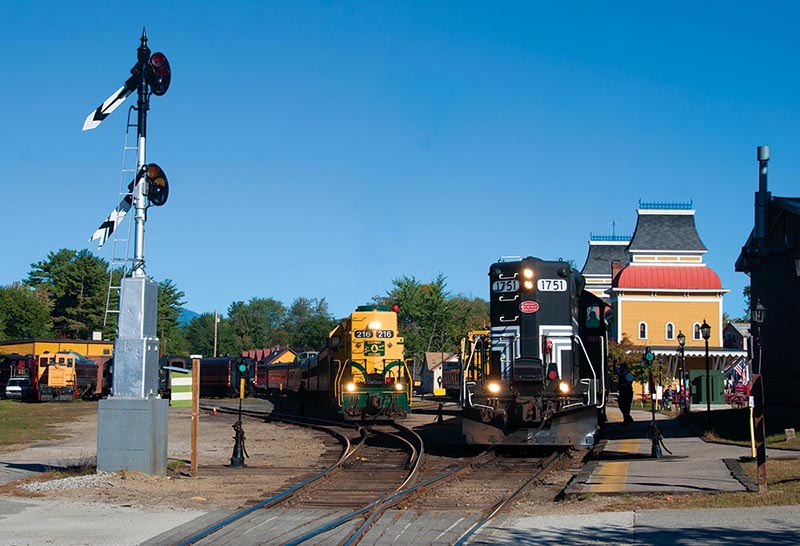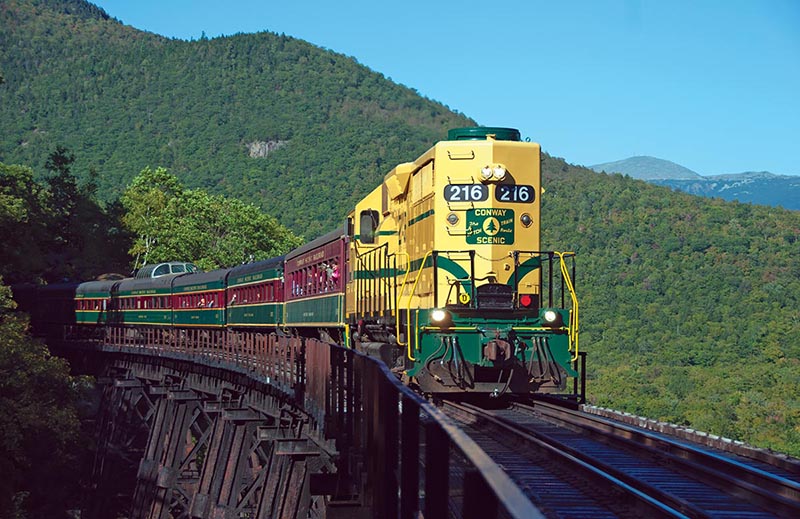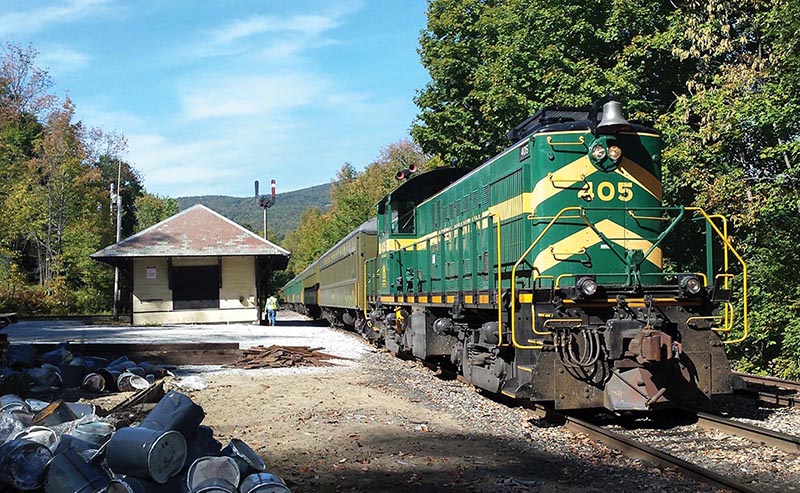By Otto M. Vondrak
You could say I’m a bit of a dinosaur because I still shoot film. I’ve been shooting slides since 1999, somehow avoiding the whole digital revolution altogether. When my trusty Pentax K-1000 finally seized up about eight years ago, I purchased a Canon EOS Elan 7 body secondhand from a friend. Leaving the manual world behind for motor-drives and auto-focus was quite the step up for me. I even shelled out for a fancy L-glass telephoto. Rounding out my roster is a 28mm wide to go with my 50mm “kit” lens. Fairly basic tools.
Oh sure, there have been plenty of times where I have been envious of my friends who shoot digital. The instant results, wide latitude of exposures, and endless opportunities to experiment are hard to ignore. Truth be told, I shoot far less today than when I started my “serious” photography. Most of what I photograph today is for my own personal pleasure. The costs of film and processing have gone up, but it’s all worth it when those green boxes of finished slides come back from Kansas every few months or so.
I had a trip to Oregon scheduled at the end of August to set up and staff the White River Productions booth at the National Train Show, held in conjunction with the National Model Railroad Association convention in Portland. I decided to add a few days to the trip and make a full week of it so I could visit family and also make a return visit to the BNSF Railway operations through the Columbia River Gorge.
About a week before I was scheduled to depart, I broke my camera. Like I had done a thousand times before, I loaded a fresh roll and closed the door. Except this time, I managed to break the latch that holds the door shut. I didn’t have a backup system and no one else I knew had comparable equipment to lend me. With my trip to Oregon only a few days away, I was starting to panic.
This was actually the second Canon body I had owned. The first one had stopped working for one reason or another about three years ago, and I quickly found a “new old stock” replacement on eBay.
With the proliferation of digital technology, good analog film bodies can still be found inexpensively. This time I Googled around on my iPad and found a camera shop selling an Elan 7N through a storefront on Amazon.com. The purchase price included free two-day shipping, so I took the plunge and completed the order that Saturday afternoon. It was delivered to me the following Wednesday. I didn’t have time to test it out other than to check the focus and replace the batteries. I packed up my gear and flew out to Oregon that Saturday.
After crashing at my cousin’s house very late Saturday night, I decided Sunday I would take it easy and get acclimated. That morning I woke up excited to get reacquainted with Portland, since so much had changed since my last visit in 2009. I sat on the edge of my bed and loaded the first roll of film into my “new” camera. I closed the door and chung! snapped the latch off.
Try to picture what was going through my mind at that moment. Here I was, 2,800 miles from home, about to start the first day of my vacation, and before I could even leave the house, I rendered my only camera inoperable. I was dumbstruck at how I managed to break the latch on the previous body after years of routine operation, and yet repeated the same accident on the replacement within hours.
Traditional camera shops and film labs have all but disappeared over the last 15 years except in the largest cities. Fortunately, Portland is one of those cities. A quick Google search showed me several options, none open on Sunday, though. Responding to a panicked text message exchange, Portland native and consulting editor Alexander Craghead suggested I hit up Blue Moon Camera first thing Monday morning.
At this point, some of you are shaking your heads in exasperation and probably wondering why I didn’t take this as a sign to just shut up and go digital already. Oh, believe me, it crossed my mind, too. The local Best Buy was offering entry level Canon EOS Rebel digital bodies for less than $400.00. While I didn’t completely rule it out, we’ll call that “Plan Z” for now.
Despite this setback, I decided to salvage the weekend anyway I could. I slapped on some duct tape to keep the door shut and seal the edges against light leaks, and headed out the door to explore some scenes along the Tri-Met MAX Blue Line light rail. I spent the afternoon at the busy junction in Vancouver, Wash., before joining my cousins for dinner.
Originally, I had planned to be trackside somewhere in the Gorge on Monday morning. Instead, I was impatiently waiting on the sidewalk outside of a camera shop in North Portland. At 9:03 a.m. Pacific Time, a dapper gentleman dressed in shirt and tie unlocked the doors and let me into the 35mm mecca that is Blue Moon Camera. I quickly explained my problem. “Oh yeah, that is common on the EOS body. Most important part made from the weakest material possible.” I asked if a repair was possible and the response was affirmative. “Hopefully we can get the parts by the end of the week, and get it back to you about a week after.” A week after? I want to start shooting this afternoon! Plan Z started to look like a candidate for promotion when I glanced over at the cases that held a considerable amount of used equipment.
“Do you have any other EOS bodies?” I asked, not without a hint of desperation in my voice. The clerk dutifully produced three specimens. Two were models that were somewhat updated versions of what I already had that cost nearly the same as a brand new Rebel. The third one looked familiar, but less refined. It was the EOS A2, first introduced in 1992 (when I was a freshman in high school) and sold through 1998 (when I was a junior in college). Visually, it was like comparing an old beige Apple II to a flashy platinum Apple IIe; they both essentially did the same thing, though one had some slightly updated electronics in a more stylish case. Like I said, I’m a bit of a dinosaur.
There was some heft felt as I picked up the A2 body. I slapped on one of my lenses and quickly scanned around the shop testing focus and exposure controls. I pressed the button and the shutter released cha-thunk, not sounding much different from a well-worn time clock validating timecards at a steel mill.
Sixty-five dollars later, I was out the door and headed east into the Columbia River Gorge. The air was thick with smoke as a result of wildfires burning as far away as Montana. As I made my way along Route 14, the haze was ever-present. Not much traffic on BNSF this day as I continued on to Wishram, Wash. One of the railroad’s fire trains was staged here, prepared to do battle should the mainline become threatened, as had been the case elsewhere. The sun managed to burn through, so I reached for both cameras and began to take pictures. With one body taped shut and the other one feeling as foreign as that French final I flunked in high school, I wasn’t really sure anything I was shooting was going to come out, but it was worth a try. I cautiously recorded the scene before me using both bodies and my assortment of lenses.

With No. 1751 in the clear, No. 216 will bring out the Notch Train for boarding next. The lower-quadrant semaphore signal is fully operational. Photo by David Scheiderich
Dinner plans included visiting with my 93-year-old Aunt Charlotte in Bend, Ore., so I turned my car south and followed the Oregon Trunk. I came across no trains the rest of the day, but had a nice visit with my aunt.
Tuesday in the Deschutes wasn’t much better until I returned to Wishram. Thanks to a tip from contributor Robert Scott, I was able to tap into a local ATCS monitor to see that BNSF had finally come alive. I headed west to set up for shots along Route 14 and its many dramatic tunnel scenes.
Reaching Hood River, Wash., I was preparing to intercept a westbound at the tunnels near Drano Lake. Reaching back for my trusty Elan 7, my heart sank when I discovered the gaffers tape I had used to replace the worn duct tape had loosened up and was now allowing light into the camera. Devastated, I quickly grabbed the A2 and slapped my telephoto on. I managed to get the shot, but not as many frames because of the slower motor-drive. I did manage to chase two more westbounds at various locations before heading to dinner in Portland.
I spent Wednesday morning exploring the new Tri-Met WES (Westside Express Service) commuter rail line, which is operated with unique Colorado Railcar DMUs. I followed up with some more light rail scenes downtown before it was time to switch gears and start getting ready for the train show set-up.
Returning home to New York, I quickly relegated the two EOS (or should that be OOS?) Elan bodies to the closet. I was back on deadline and didn’t give a second thought to cameras for a while.
Labor Day weekend included a whirlwind trip to visit the Catskill Mountain Railroad (and to help reletter its Alco S-1 No. 407), and ride behind Nickel Plate Road No. 765 out of Scranton. Tragedy struck during the stop at East Stroudsburg, Pa., when I went to change rolls only to discover the film had not rewound. You see, I was on frame 36, but did not shoot frame 36. So when I went to change rolls, I managed to pull out the whole strip and expose it. Anyone standing within a mile of my location probably understood my frustration. I chalk it up to the excitement of the moment and not paying attention.
My friend “Super” Dave Scheiderich and I planned to revisit some of our favorite locations around New England at the end of September. I had grown accustomed to the A2 by this time, and after seeing the sharp, colorful results from my trip to Oregon, considered it to be a reliable piece of equipment and didn’t give it a second thought. However, just prior to our departure, my old flip-phone finally died. Did I mention I was a bit of a dinosaur? Suddenly, I was thrust into the world of smartphones, which was like having a tiny version of my iPad in my pocket.
On a crisp Saturday in late September, Dave and I were trackside in Chester, Vt., face to face with Green Mountain Railway Alco RS-1 No. 405 on the head end of a weekend excursion. After I captured a few frames on film, I reached for my brand new smartphone to see what it could do. Once I figured out the focus points, I came away with some bright images to share with friends later.
We spent the rest of Saturday chasing two more trips on the Green Mountain Railway under beautiful clear skies. Railfans from New Jersey and Massachusetts had the same idea, and we all chased together. Most importantly, we found time mid-chase to purchase delicious cow cookies from Crows Bakery & Opera House Cafe in Proctor, Vt.

- The eastbound Notch Train crosses Frankenstein Trestle on September 27, 2015. The weather observatory on top of Mount Washington can be seen on this crystal clear day in the White Mountains. The first trestle was constructed in 1875 from wrought iron, later replaced by steel in 1893. Photo by David Scheiderich
Sunday we covered the Conway Scenic Railroad up in the White Mountains of New Hampshire. Our goal was to photograph the “Notch Train,” which travels from North Conway up to Crawford Notch and Fabyan over former Maine Central Mountain Division tracks. We enjoyed another beautiful clear day in the mountains, joined by railfans from Massachusetts. The highlight was a short hike up to Frankenstein Trestle.
We returned to New York State on Monday only to have our plans to chase the Batten Kill Railroad scrapped because they weren’t running. Instead we headed up to Rutland and photographed the road train to Bellows Falls crossing the famous Cuttingsville Trestle. We backtracked to Wallingford where we caught the Bennington road train with one of the recently acquired ex-Florida East Coast SD70s on the point. We got as far as Danby before heavy rains curtailed our plans for the day. We had a great weekend, though!
For now, the vintage A2 remains a reliable camera. I’ve made no decision on what to do with the Elan bodies, since a repair is most likely to cost more than what the camera is worth. However, I was delightfully surprised to discover my phone’s 13 megapixel camera delivers very usable material under certain conditions. I’m not about to make the phone my primary camera by any means, but it’s nice to know it can take a decent picture for sharing. And… It’s possible the two photos in this story may have come from the phone.
Don’t judge me.
It should come as no surprise to anyone that shooting slides is becoming increasingly expensive. Do I continue to order my film and mailers from B&H Photo or possibly put that money towards a digital body? Do I abandon film completely? Do I trade my stacks of Logan boxes for terabytes of external hard drives? Should I update to the latest MacOS?
Did I mention I am a bit of a dinosaur?
—Otto M. Vondrak is associate editor of Railfan & Railroad Magazine. This column originally appeared in the November 2015 edition of Railfan & Railroad, used here with permission.



